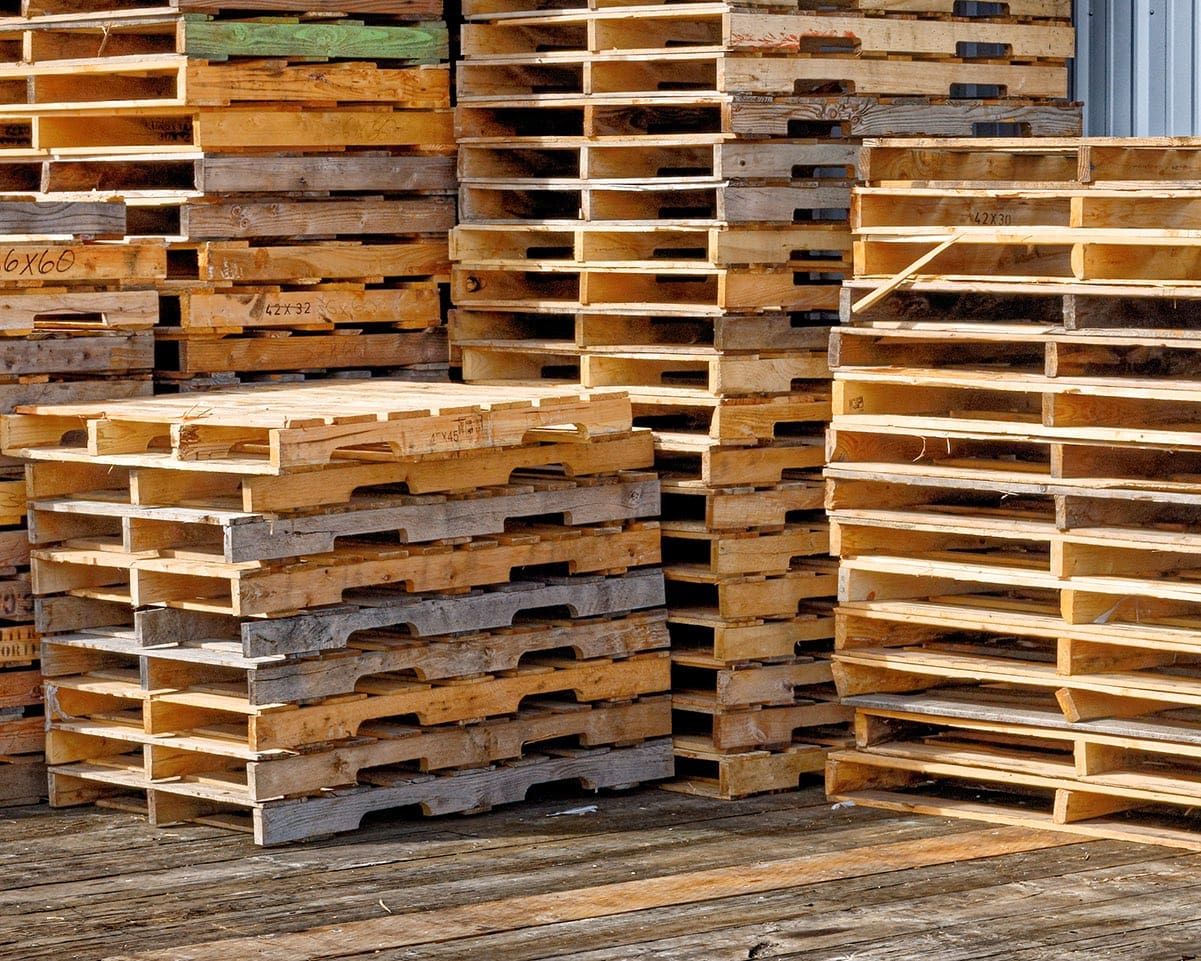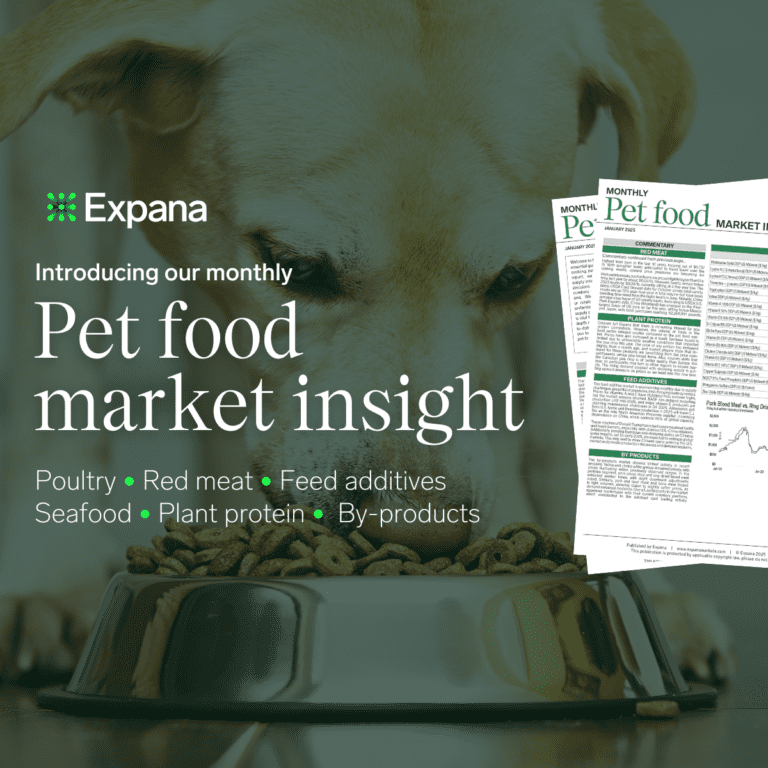In August, there was a small rebound in manufacturing PMIs
By: Andrew Woods
The US ISM Manufacturing Index remained in contraction in August (below the 50-level), registering 47.2, up from 46.8 in July, representing the fifth consecutive month of contraction. While an improvement from an 8-month low in July, the August reading fell short of market expectations of 47.5. A significant result from the August ISM was the production index with a reading of 44.8, which market sources say is having a fundamentally negative impact on employment and influencing decisions to reduce staff numbers among manufacturers. However, market players anticipate an improvement in the sector next year, as borrowing costs begin to normalize following anticipated interest rate cuts.
The Eurozone Manufacturing Purchasing Managers’ Index was 45.8 in August, unchanged from June and July, representing the 26th consecutive month of contraction in manufacturing activity in the region. Like last month, new order levels fell at a significant rate, with market sources anticipating knock-on effects on employment and production. Prices rose in August, with one participant expecting that this may hinder the European Central Bank’s (ECB) attempts to curb inflation.
The Chinese Caixin manufacturing PMI returned to growth in August with a reading of 50.4, up from 49.8 in July. The result beat market expectations of 50.0. Employment was reportedly stable, with output growth accelerating. However, input costs and average selling prices declined, with market sources anticipating that this could have a deflationary impact on the Chinese economy in the coming months.
The European paper industry is grappling with a complex interplay of factors
By: Artem Segen
In July-August 2024, the European paper and packaging industry experienced probably the last price increase that reflected the price rise observed in the pulp and recovered paper markets in H1 2024, according to market sources. Market players believe that the price increases for packaging products that occurred in July or August, depending on the countries, are unlikely to continue without supporting production costs. The packaging paper market in Europe is oversupplied, so prices will remain sensitive to production costs above all, according to market participants.
Kraftliner and Testliner market prices in France increased to €924.50/mt, up 4.5% month-over-month (m-o-m), and to €750/mt up 5.6% m-o-m, respectively, in August. In Germany, prices rose in July, remaining stable in August. Despite declining prices for raw materials, such as pulp and recovered paper, the packaging paper sector struggled with the accumulated cost pressure from the first half of the year.
At the same time, the cost of paper production was mixed, with commodities becoming cheaper and electricity and gas becoming more expensive. Prices for northern bleached softwood kraft (NBSK) pulp in the EU fell 3% m-o-m to €1,455/mt in August. Waste paper (supermarket corrugated paper and board) in Germany collapsed 36% m-o-m to €21/mt. At the same time, rising energy prices, especially for natural gas and electricity, also played a decisive role, limiting the potential for downward price adjustments. Thus, the electricity index in Europe in August soared by 19% m-o-m, while the Netherlands TTF spot gas price rose by 20% m-o-m.
In contrast to the more dynamic Kraftliner and Testliner markets, the carton board sector remained relatively calm in August. The prices of GC2 and GD2 carton board were stable m-o-m. The demand for carton boards has softened, with purchasing activity at notably low levels. This lack of demand prevented manufacturers from pushing through price increases, reflecting a more subdued market outlook compared to the rising trends seen in other paper segments.
The European paper industry faces a complex interplay of factors: on the one hand, weakening raw material prices bring some relief, while on the other hand, rising energy prices create a challenging environment. In September, market participants will be keeping a close eye on developments in production costs and energy prices, which will play a decisive role in shaping the outlook for the packaging materials.
Want to dig into further insights? Discover more on our insights page.



